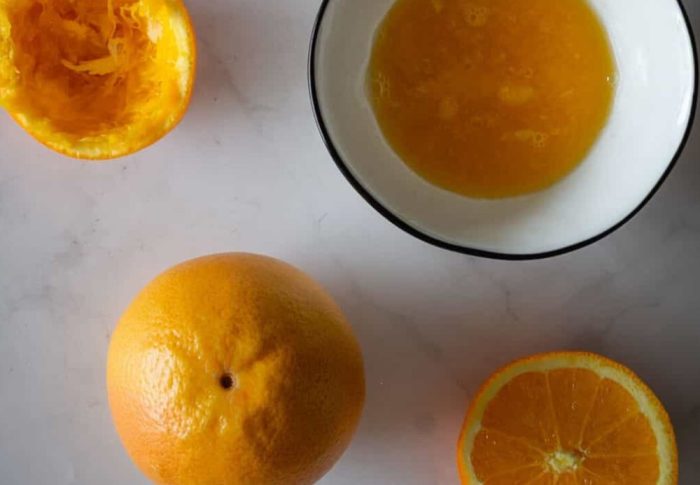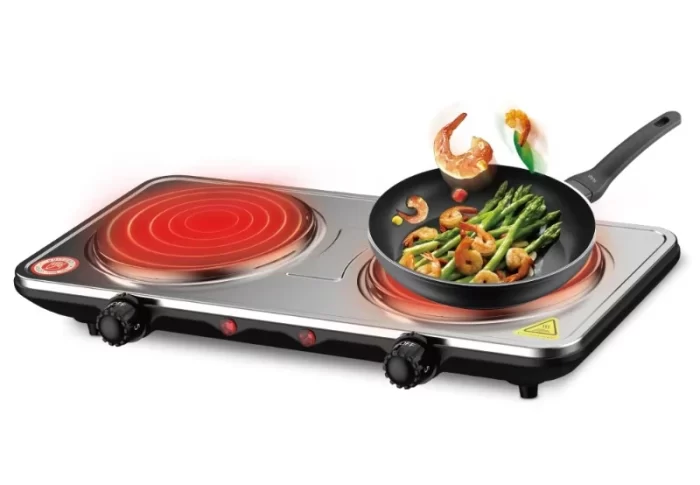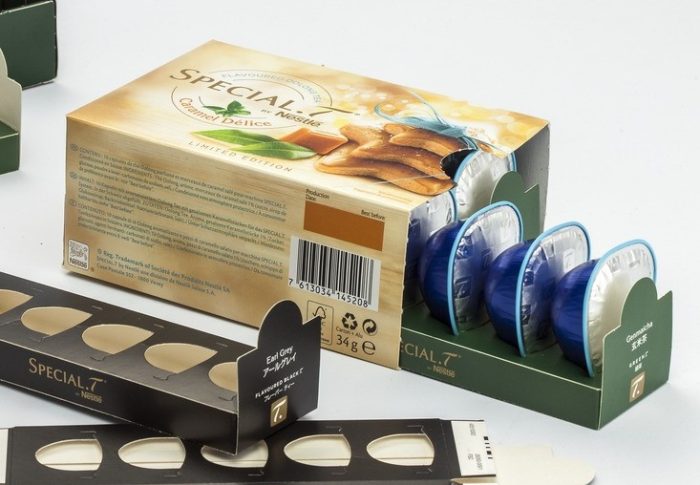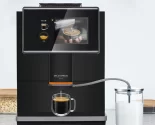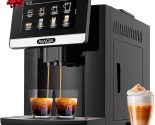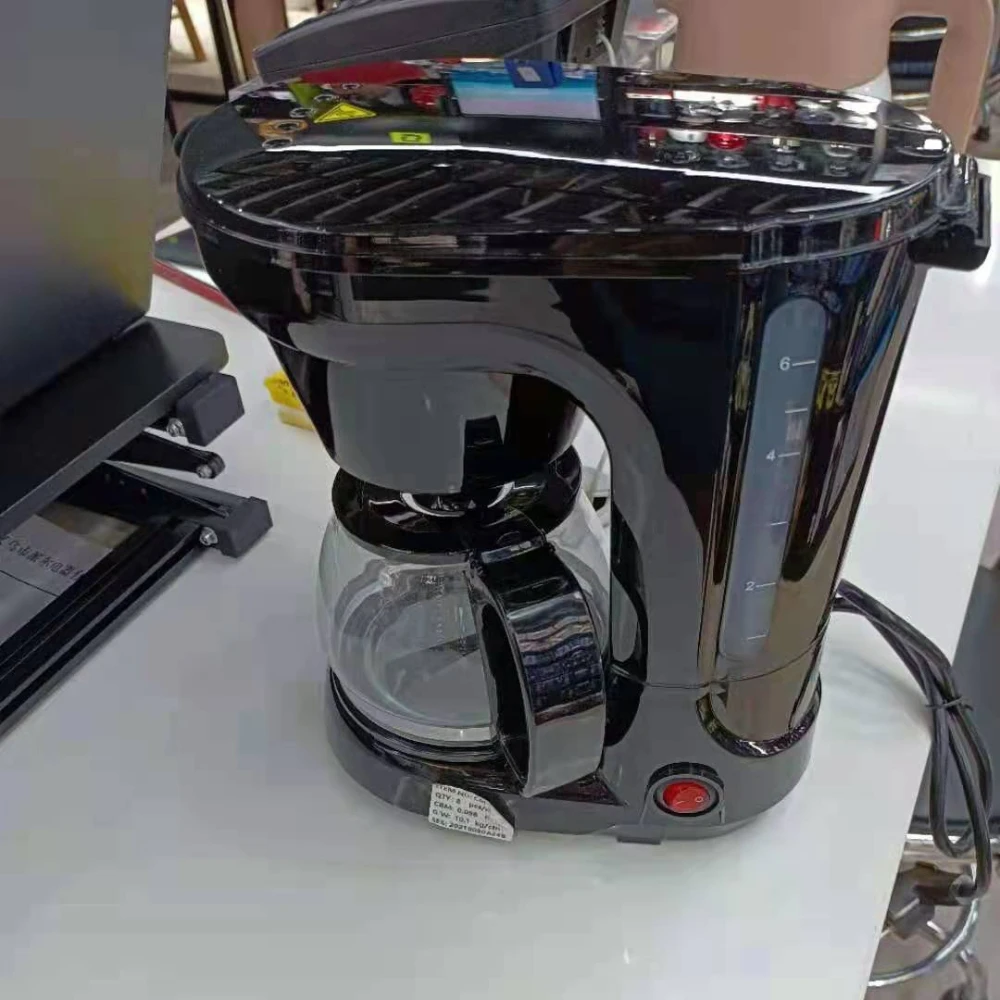
What equipment do you need to make coffee at home?
Introduction
Making coffee at home has become a cherished ritual for many coffee enthusiasts. To achieve a delicious and satisfying cup of coffee, it is essential to have the right equipment. Whether you prefer the simplicity of a classic drip brew or enjoy the art of manual brewing methods, having the appropriate tools can elevate your coffee experience. In this guide, we will explore the essential equipment needed to make coffee at home, from the basic necessities to the more specialized tools for various brewing methods.
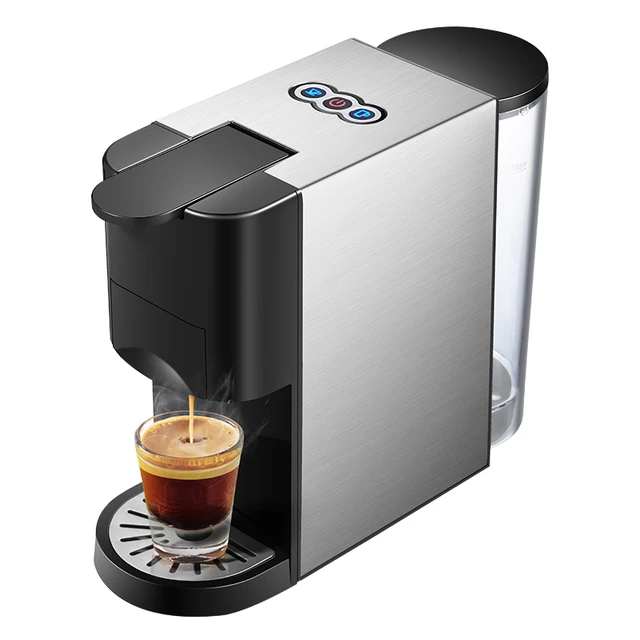
What equipment do you need to make coffee at home?
Coffee Grinder
A coffee grinder is an essential tool for achieving the freshest and most flavorful coffee. It allows you to grind whole coffee beans just before brewing. Here are some key considerations:
Burr Grinder: Invest in a burr grinder rather than a blade grinder for consistent and precise grinding. Burr grinders offer adjustable settings for grind size, ensuring that you can achieve the ideal grind for your brewing method.
Manual or Electric: Choose between manual and electric grinders based on your preference and lifestyle. Manual grinders offer a more hands-on experience and are portable, while electric grinders are more convenient for daily use.
Grind Size Versatility: Select a grinder that offers a wide range of grind size options to accommodate different brewing methods, from coarse for French press to fine for espresso.
Coffee Maker
The choice of a coffee maker depends on your preferred brewing method and desired convenience. Here are some popular options:
Automatic Drip Coffee Maker: Automatic drip coffee makers are the most common and convenient choice for everyday brewing. They offer ease of use and typically include water reservoirs, heating elements, and filter baskets. Look for models with programmable timers, adjustable brew strength settings, and the ability to keep coffee warm.
Pour-Over Brewing Equipment: For those who prefer a more hands-on approach, pour-over brewing offers control and precision. The basic equipment includes a pour-over cone, paper filters or a reusable filter, and a carafe or cup to collect the brewed coffee. Popular options include V60, Chemex, and Kalita Wave.
French Press: French press brewing offers a full-bodied and rich cup of coffee. This method requires a French press pot with a plunger mechanism, allowing for immersion brewing. Look for a durable, heat-resistant glass or stainless steel pot with an easy-to-clean filter system.
Espresso Machine: Espresso machines are for those who enjoy the art of making specialty coffee drinks like lattes and cappuccinos. They use pressure to extract coffee flavors quickly. Espresso machines range from manual lever machines to semi-automatic and fully automatic models.
Kettle or Water Heater
A kettle or water heater is essential for heating water to the appropriate temperature for brewing. Consider the following:
Stovetop Kettle: A stovetop kettle, usually made of stainless steel or copper, is a classic choice. Look for one with a gooseneck spout for better control over water pouring during manual brewing methods.
Electric Kettle: Electric kettles are convenient and provide quick and precise heating. Look for kettles with adjustable temperature settings and a hold function that keeps the water at the desired temperature.
Scale or Measuring Tools
Accurate coffee measurements are crucial for consistency and achieving the desired strength and flavor. Consider these tools:
Digital Scale: A digital scale allows you to measure coffee beans and water accurately. Look for a scale that measures in grams and has a tare function for zeroing out the weight of the container.
Measuring Spoons: Measuring spoons with precise measurements, such as tablespoons and teaspoons, are useful for measuring coffee grounds and other ingredients.
Measuring Cup: A graduated measuring cup is handy for measuring water, especially if your coffee maker does not have a built-in water reservoir.
Filters and Filter Holders
Filters are necessary for certain brewing methods to ensure a clean cup of coffee. Consider the following:
Paper Filters: Paper filters are commonly used in automatic drip coffee makers and some pour-over methods. Choose filters specifically designed for your coffee maker or pour-over cone, ensuring they fit properly and do not impart any unwanted flavors.
Metal or Cloth Filters: Metal or cloth filters are reusable and offer a sustainable option. They allow for more oils and sediment to pass through, resulting in a fuller-bodied cup of coffee. Metal filters are often used in pour-over brewing methods like the AeroPress, while cloth filters are commonly used in traditional methods like the French press.
Filter Holders: Some brewing methods, such as pour-over cones or AeroPress, require a filter holder. Look for a holder that securely holds the filter in place during brewing, preventing any slippage or grounds from entering the final cup.
Coffee Storage Container
Proper coffee storage is crucial for maintaining freshness and flavor. Consider these features when selecting a storage container:
Airtight: Choose a container that is airtight to prevent exposure to oxygen, which can cause coffee to go stale more quickly.
Lightproof: Opt for a container that blocks out light to prevent UV rays from degrading the coffee’s quality.
Material: Select a container made of materials designed for coffee storage, such as stainless steel, ceramic, or UV-blocking glass.
Size: Choose a container that suits your coffee consumption. It should be large enough to hold an adequate amount of coffee without excessive air space.
Optional Accessories
While not essential, the following accessories can enhance your coffee brewing experience:
Coffee Grinder Cleaning Brush: A brush specifically designed for cleaning coffee grinders helps remove coffee residue and oils that can build up and affect the flavor of subsequent brews.
Tamper: If you have an espresso machine, a tamper is used to evenly distribute and compact the coffee grounds in the portafilter for optimal extraction.
Milk Frother: For those who enjoy milk-based coffee drinks, a milk frother or steaming wand can be a great addition for creating creamy and frothy milk.
Brewing Timer: A brewing timer is helpful for monitoring and adjusting brewing times, ensuring consistency and precision in your coffee brewing.
Conclusion
Having the right equipment is essential for making coffee at home. From grinders and coffee makers to kettles and scales, each tool plays a vital role in producing a delicious cup of coffee. Consider your brewing preferences and desired level of involvement, whether that’s the convenience of an automatic drip coffee maker or the artistry of manual pour-over brewing. By investing in high-quality equipment and following proper techniques, you can elevate your coffee brewing experience and enjoy the rich flavors and aromas of your favorite coffee beans in the comfort of your own home.

